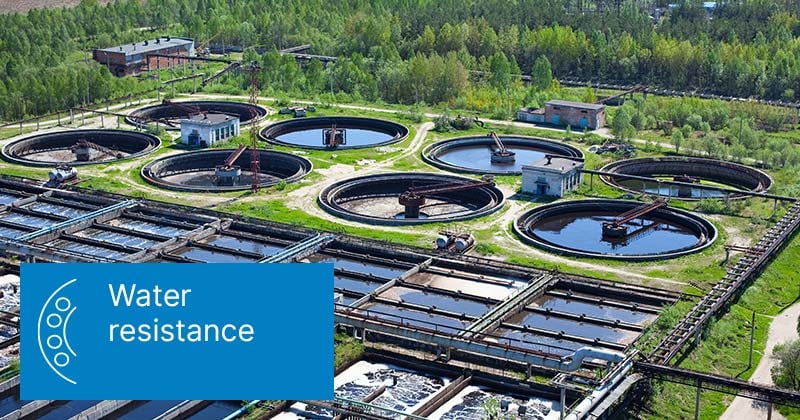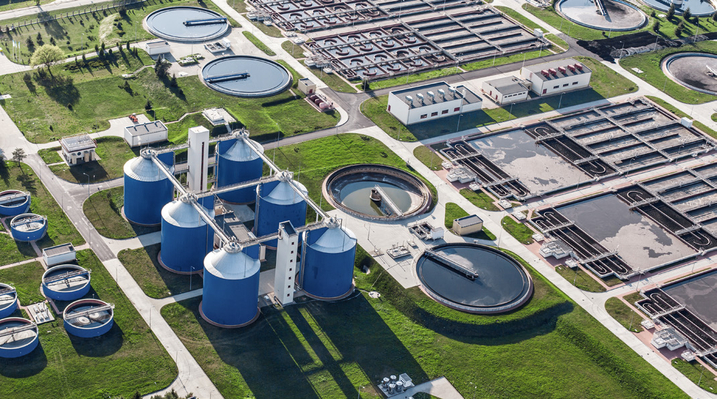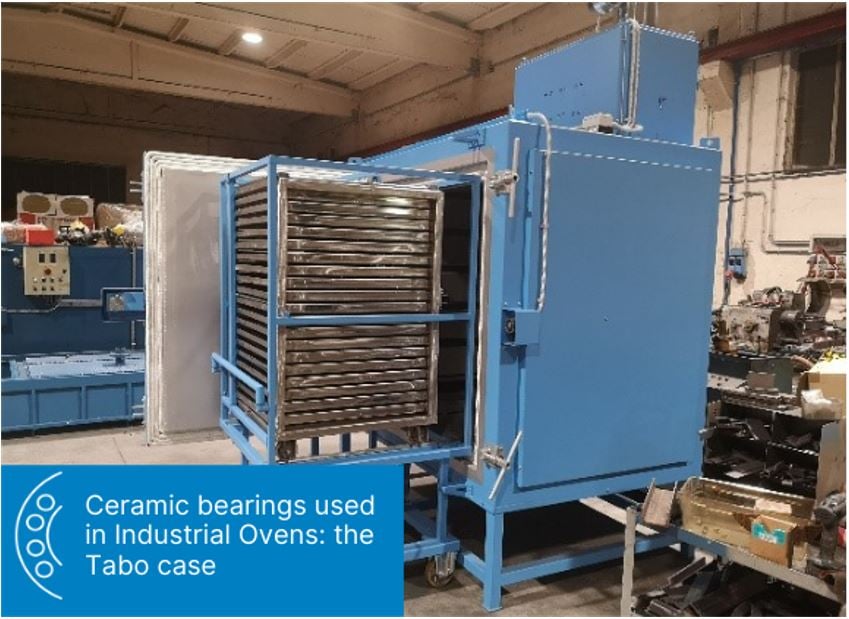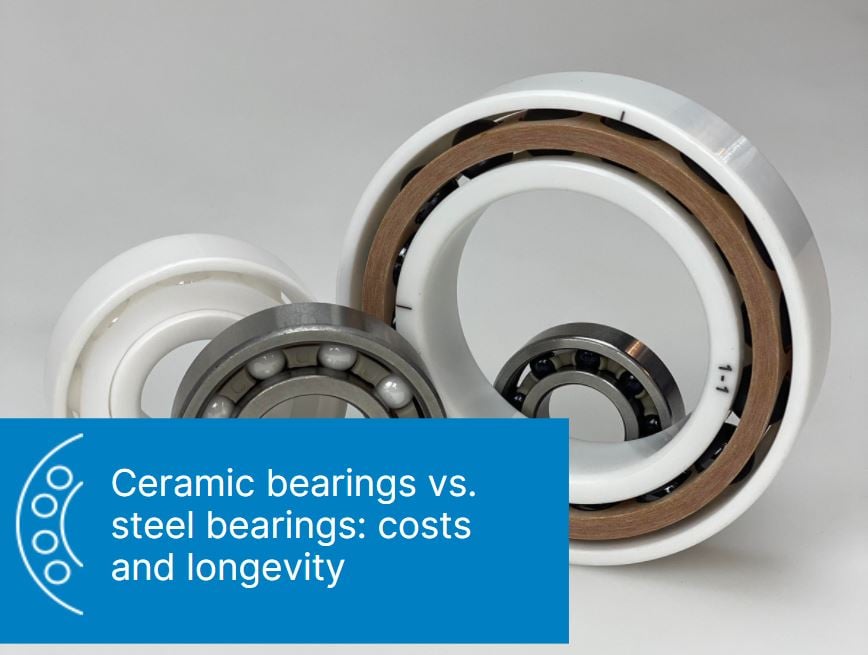
In this article we will look at how ceramic bearings are used for water treatment plant with particular focus on bearing oxidation.
The wastewater treatment process aims to remove the contaminants (biological, chemical and physical) present and return the water to its original state, possibly bringing it back to the condition of drinking water. Generally the process produces two flows: liquid purified water and a semi-solid part flow containing the waste.
The process is divided into several phases: water collection and removal of macroscopic contaminants such as bottles, envelopes, other plastic objects,sand, earth, woods and other objects; clarification, in which the suspended microscopic particles are removed; the separation of sludge from waterflow; purification with the biological disc rotors, in which discs in continuous rotation, alternate dipping in the slurry and make them emerge to degrade the organic substances; aeration, in which air is pumped into the water with the task of bringing the remaining organic substances to the surface, let sink in the bottom solid substances such as sand and earth, and helps to expel unwanted gases, as well as to replenish the desired amount of oxygen present in water; finally the removal of the solid part that is transported to the landfill for further compaction phases.
At each of these stages of the process, different types of bearings are used, necessary for the operation of mechanical parts such as rotors, conveyor belts, propellers, centrifuges, lifting mechanisms,and in most casesthe bearings work submerged in slurry.
In general, if a bearing is exposed to the presence of water for a fairly long period of time, its operation can be impaired due to chemical degradation or corrosion. This corrosion causes a significant and unpredictable reduction in the life of the bearing with serious consequences for the process and for the mechanical component on which it is mounted.
There are several mechanisms responsible for the malfunction of the bearing in the presence of water:
- Fractures due to Hydrogen
- Rust formation
- Lubricant oxidation and loss of properties
- Removal of lubricant
- Obstacle to lubricant flow (immiscible in water)
- Formation of water films in contact layers
- Formation of bacteria
In addition to the wastewater purification sector, similar problems related to bearing corrosion are present in various other applications such as: pumping and filtering pool water, water treatment of fish farms, liquid and other extraction machines and in which the bearings operate in contact with or submerged in water.
To overcome these problems, it is necessary to avoid the intrusion of water into the bearing, and to use a material resistant to the multiple actions of water.
Stainless steel generally has a percentage of Chromium, Nickel and Molybdenum that in the presence of oxidizing agents such as water form a passive layer resistant to further oxidation, protecting the material from corrosion. However, prolonged exposure of steel in water, especially with a high content of salts such as seawater can cause serious damage due to oxidation. In addition, the problems related to the presence of lubricants make lubricated steel bearings very sensitive to the presence of water.
Full ceramic bearings, especially if they are used in the absence of lubricant, can offer the solution to these problems, with appropriate sizing to ensure the right load capacity.
Materials such as Zirconia, Silicon Nitride, Silicon Carbide, offer excellent properties of chemicalresistance in the presence of water. Depending on the acidity or basicity of the water, the most suitable materials are chosen to be resistant to the specific environment in which they operate.

An example of a wastewater treatment plant.
Choose the best bearings based on specific applications, we are ready to respond to your challenges with our solutions.








